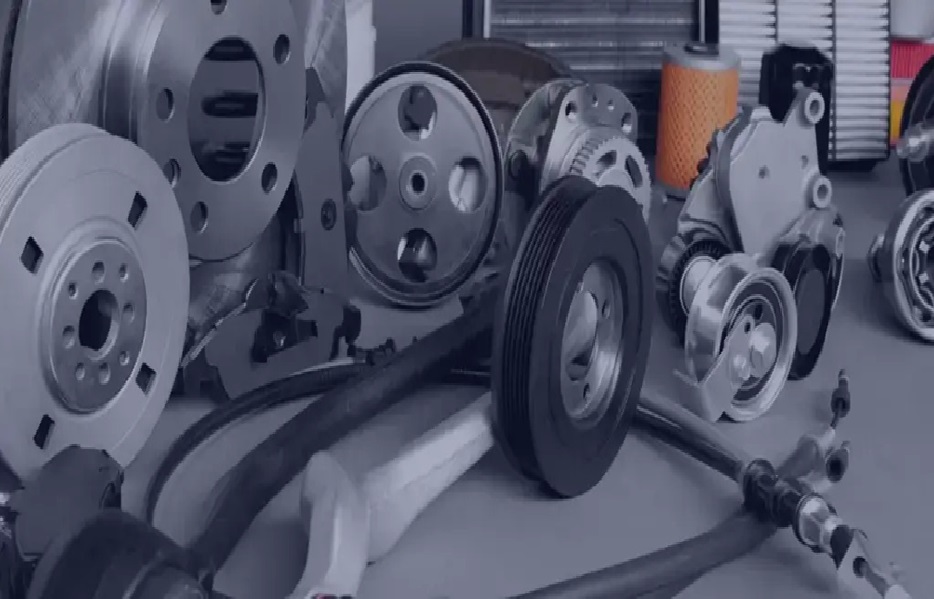In automotive manufacturing, producing durable and reliable components is essential. Metal forging – an essential process that shapes metal using compressive forces—is a key method for creating high-strength parts.
Two major types of forging used in this industry are hot forging and cold forging. Depending on the application, both techniques have unique benefits.
This article will compare hot and cold metal forging and their respective roles in the automotive sector.
Understanding Hot Metal Forging
In order to increase the malleability of metal, hot forging entails heating it over its recrystallization point. The heat allows for easier shaping and more complex designs. Hot forging is commonly used in the automotive industry for producing large, heavy-duty components such as crankshafts, gears, and engine parts.
The process begins by heating the metal, after which it is compressed into a die to form the desired shape. After shaping, the part is gradually cooled, sometimes undergoing heat treatments to further enhance its strength and durability.
Understanding Cold Metal Forging
In contrast, cold forging takes place at room temperature or just above it. This method uses high compressive forces to shape the metal without heating it, which results in high precision and strength. Smaller automotive parts with tight tolerances and a high degree of accuracy, such as bolts, screws, and fasteners, are frequently made using cold forging.
Because the material is not heated, cold forging strengthens the metal through a process called work hardening, increasing the tensile strength of the final product. The process is more energy-efficient, but requires more force and specialized equipment to form the metal.
Key Differences Between Hot and Cold Forging
The differences between hot and cold forging lie in the process temperatures, the properties of the materials used, and the types of automotive parts they are most suited for. The two procedures are thoroughly compared in the table that follows:
| Criteria | Hot Forging | Cold Forging |
| Temperature | Above the metal’s recrystallization point | Room temperature or slightly elevated |
| Material Malleability | High malleability due to heating | Lower malleability, requires more force |
| Precision | Lower dimensional accuracy, requires finishing | High precision, minimal post-processing needed |
| Surface Finish | Rough surface, oxidation may occur | Smooth surface finish, no scaling |
| Strength | Moderate, but enhanced through heat treatments | High strength due to work hardening |
| Complexity of Parts | Ideal for complex and large parts | Suitable for simpler, smaller parts |
| Energy Consumption | Higher due to heating requirements | Lower, no heating required |
| Typical Applications | Crankshafts, gears, suspension components | Fasteners, bolts, brackets |
Benefits of Hot Forging in Automotive Manufacturing
- Malleability and Complex Shapes: Hot forging allows the metal to be easily deformed into complex shapes, making it ideal for producing large and intricate automotive parts like suspension systems and crankshafts. The high temperatures soften the metal, allowing for more substantial deformations without breaking or cracking.
- Toughness and Durability: By heating the metal above its recrystallization point, hot forging prevents strain hardening and improves the ductility of the material. This results in parts that are tougher and better suited to withstand the extreme conditions faced by many automotive components.
- Material Flow and Grain Structure: The process of hot forging encourages the proper flow of metal, aligning the grain structure of the material to the shape of the part. This results in stronger, more resilient components that perform better under stress.
Benefits of Cold Forging in Automotive Manufacturing
- High Precision and Surface Finish: Cold forging delivers superior dimensional accuracy, making it ideal for small automotive components that require tight tolerances. Since no heating is involved, the parts produced often require little to no post-processing, reducing manufacturing time and costs.
- Enhanced Strength: Cold forging strengthens the metal through work hardening, a process that increases the hardness and tensile strength of the material. This is particularly beneficial for fasteners and other small parts that must resist wear and deformation over time.
- Energy Efficiency: Since cold forging doesn’t involve heating the metal, it is more energy-efficient than hot forging. This makes it a cost-effective solution for high-volume production, especially when manufacturing small automotive parts that require minimal finishing.

Applications in Automotive Manufacturing
Both hot and cold forging are widely used in the automotive industry, but they serve different purposes based on the specific needs of the parts being produced.
- Hot Forging: Ideal for heavy-duty parts like crankshafts, gears, and connecting rods that require strength and durability. These components often experience high stress and must be able to withstand intense operational conditions. For suspension parts that need to have a good mix of strength and flexibility, hot forging is also frequently utilized.
- Cold Forging: Primarily used for smaller, high-precision parts like fasteners, rivets, and brackets. Cold-forged components are often used in structural applications where exact fits are necessary. The smooth surface finish of cold-forged parts also makes them ideal for visible components or parts that require minimal post-processing.
Choosing Between Hot and Cold Forging
The decision to use hot or cold forging in automotive manufacturing depends on several factors, including the size and complexity of the part, the material being used, and the desired mechanical properties. Large, complex parts that require significant deformation are better suited to hot forging, while smaller, precision components benefit from the accuracy and strength provided by cold forging.
Manufacturers occasionally combine the two approaches to get the best outcomes. For example, a part may undergo hot forging to achieve the initial shape and then be cold-forged to enhance its strength and surface finish.

